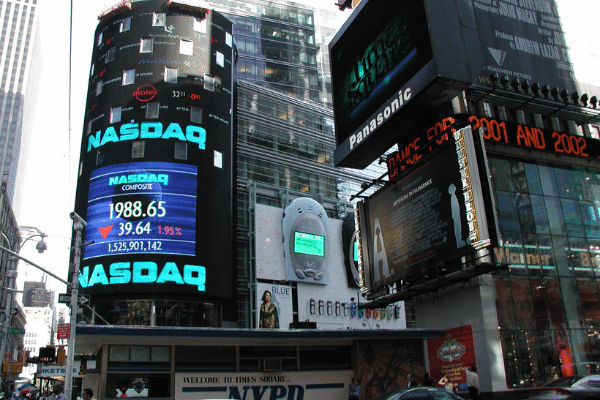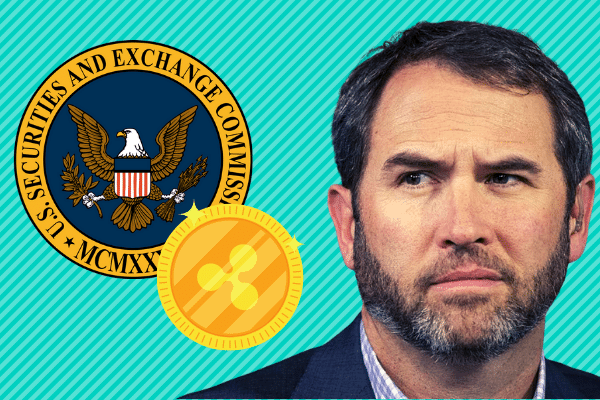
- With the yield curve narrowing, soaring energy prices and stocks falling into a correction, the threat of a U.S. economic recession is real, or at least real in the minds of investors, judging by the move in stocks, bonds and commodities.
- Never has the threat of stagflation become more apparent, low growth and high inflation, than it has at the present, as evidenced by the bond market – 10-year inflation breakevens just increased to their highest level since 2005.
Like a tank, the economy can take quite a lot of punishment before it inevitably caves, whether it’s rounds small arms fire like geopolitical tensions or a rocket-propelled grenade in the form of policy tightening, the economy gets shaken initially, before carrying on.
But throw everything and the kitchen sink at the economy and it’ll eventually grind to a halt just like a Russian tank struck by a Javelin missile.
With the yield curve narrowing, soaring energy prices and stocks falling into a correction, the threat of a U.S. economic recession is real, or at least real in the minds of investors, judging by the move in stocks, bonds and commodities.
While some observers will argue that such concern is misplaced, especially since the U.S. economy just generated 678,000 jobs in a single month, markets, being a kind of crystal ball into investor psyche, are sounding the alarm on the economy.
The benchmark S&P 500 slipped almost 3% on Monday and oil approached its highest level in a decade, while all of the commodities that make modern (or any) life livable, have soared.
Taken together, the message now suggests the threat of an economic retrenchment, increasing on the back of risks that the Russian invasion of Ukraine will spillover into a broader European conflict even as the U.S. Federal Reserve looks set to turn decidedly hawkish this month.
The risk and costs of policy mistakes at this stage is perhaps higher than ever and much will depend on how central bankers absorb, process and respond to the dynamic and increasingly dangerous geopolitical landscape.
Europe’s economy, barely on the mend after the pandemic, may be in for a renewed shock once Russian oil is withdrawn from the continent, sucking the lifeblood out of factories and homes.
Never has the threat of stagflation become more apparent, low growth and high inflation, than it has at the present, as evidenced by the bond market – 10-year inflation breakevens just increased to their highest level since 2005.
The yield curve – the spread between 10-year and 2-year Treasury yields, has narrowed to levels not seen since the pandemic – longer term borrowing costs should typically be higher given the opportunity cost of locking up money, but expectations that the economy will not grow as fast has meant that the yields on short- and long-term borrowing costs are closing.
A bloodbath for European and Asian stocks has meant that they are heading towards or are already in bear markets, with declines approaching 20% from their recent peaks for major indices.
And while the benchmark S&P 500 has fared better, thanks to America’s perceived haven status, there are worrying signs investors have priced in a recession as evidenced by several manufacturing PMI gauges.
Significantly, there comes a point where the stock and bond markets don’t reflect the economy but can contribute to a recession because people’s sense of wealth wanes and investment decisions are shelved.



